Home>Storage Ideas>Bathroom Storage>5 Ways Interior Designers Are Using Textiles In Bathrooms And Why You Should Too


Bathroom Storage
5 Ways Interior Designers Are Using Textiles In Bathrooms And Why You Should Too
Modified: February 9, 2024
Discover the top 5 ways interior designers are incorporating textiles in bathrooms to enhance bathroom storage. Learn why you should consider these innovative ideas for your own bathroom remodel.
(Many of the links in this article redirect to a specific reviewed product. Your purchase of these products through affiliate links helps to generate commission for Storables.com, at no extra cost. Learn more)
Introduction
The bathroom is often overlooked when it comes to interior design. Many people focus on the main living spaces, such as the living room and bedrooms, while neglecting the potential of the bathroom as a beautiful and functional space. However, interior designers have recognized the importance of incorporating textiles into bathroom design, as they can add softness, warmth, and visual interest to the space.
Textiles in the bathroom serve both practical and aesthetic purposes. From towels and shower curtains to wall hangings and bath mats, textiles have the power to transform a cold and sterile bathroom into a cozy and inviting retreat. In this article, we will explore five ways that interior designers are using textiles in bathrooms, and why you should consider incorporating them into your own bathroom design.
Key Takeaways:
- Elevate your bathroom with textiles to add softness, warmth, and visual interest. From plush towels to textured shower curtains, transform your space into a cozy and inviting oasis.
- Enhance your bathroom’s functionality and style with high-quality towels and mats. Create a safe and comfortable environment while adding a touch of luxury to your daily routine.
Subtitle 1: Adding Softness and Warmth with Textiles
One of the primary reasons interior designers are incorporating textiles into bathrooms is to add a sense of softness and warmth to the space. Bathrooms are often associated with hard surfaces like tiles and countertops, which can create a cold and unwelcoming atmosphere. By introducing textiles, such as plush towels and bath mats, you can instantly transform your bathroom into a cozy oasis.
When selecting textiles for your bathroom, opt for fabrics that are soft and absorbent. Egyptian cotton towels, for example, are known for their luxurious feel and excellent moisture-wicking properties. These towels not only provide a pleasant tactile experience but also serve a functional purpose in drying off after a shower or bath.
In addition to towels, consider incorporating other soft textiles into your bathroom, such as a fabric shower curtain or a decorative window valance. These elements not only add visual interest but also create a softer ambiance by breaking up the harsh lines of the bathroom fixtures.
To create a cohesive look, choose textiles that complement the existing color scheme and style of your bathroom. For example, if your bathroom features neutral tones, opt for towels and mats in soft earthy colors or muted pastels. On the other hand, if your bathroom design is more vibrant and eclectic, consider experimenting with bold patterns and vibrant hues to add a pop of color.
By adding softness and warmth with textiles, you can transform your bathroom into a haven where you can unwind and pamper yourself.
Subtitle 2: Creating Visual Interest with Textured Fabrics
Textured fabrics are a popular choice among interior designers when it comes to adding visual interest to bathrooms. By incorporating textiles with different textures, you can create a multi-dimensional and visually appealing space.
One way to introduce texture is through the use of textured bath mats or rugs. These can range from woven or knitted options to ones with raised patterns or shaggy textures. Not only do these mats provide a comfortable and slip-resistant surface, but they also add depth and interest to the bathroom floor.
In addition to bath mats, consider using textured fabrics in other elements of your bathroom design. For example, a shower curtain in a textured fabric, such as linen or terry cloth, can instantly elevate the look of your bathroom. The texture adds a tactile element and creates visual intrigue, making the shower area a focal point of the space.
Another way to incorporate textured fabrics is through the use of window treatments. Consider adding roman shades or blinds made from textured fabrics like bamboo or jute. These natural textures not only add visual interest but also provide privacy and light control.
When selecting textured fabrics for your bathroom, be mindful of the overall aesthetic and color scheme. Opt for textures that complement the existing design elements and create a cohesive look. For example, if your bathroom has a rustic or bohemian theme, consider incorporating textured fabrics with a natural or woven look. On the other hand, if your bathroom has a more contemporary feel, consider textures that are sleek and modern.
By introducing textured fabrics into your bathroom design, you can create a visually captivating space that is inviting and unique.
Subtitle 3: Enhancing Acoustics with Textile Wall Hangings
While the bathroom is primarily a functional space, it doesn’t mean you can’t create a peaceful and serene atmosphere. One way to do this is by enhancing the acoustics of the room with the use of textile wall hangings.
In bathrooms with hard surfaces like tiles and mirrors, sound tends to bounce off, creating a harsh and echoey environment. This can be especially problematic if you enjoy playing soothing music or prefer a quiet and relaxing ambiance while taking a bath or getting ready in the morning.
Textile wall hangings can help absorb sound and reduce echo in the bathroom. Fabrics like tapestries or woven wall art can add a layer of softness to the walls, effectively absorbing sound waves and minimizing echo. Additionally, fabric curtains or drapes can be used to cover windows and further enhance the acoustic properties of the space.
Aside from their practical function, textile wall hangings also add a decorative element to the bathroom. Choose wall hangings that complement the overall style and color scheme of your bathroom. For a spa-like atmosphere, consider opting for neutral and calming colors like blues or earthy tones. If you prefer a more vibrant and energetic bathroom, choose wall hangings with bold patterns or colors to create a focal point.
When hanging textile wall hangings in the bathroom, be mindful of moisture and humidity. Choose fabrics that are resistant to moisture or consider treating them with a water-resistant spray to ensure their longevity. It’s also important to properly secure the wall hangings to prevent them from falling or getting wet from splashes.
By incorporating textile wall hangings in your bathroom design, you can create a quieter and more peaceful environment, enhancing your overall bathing experience.
When using textiles in the bathroom, opt for moisture-resistant materials like polyester or nylon to ensure durability and longevity.
Subtitle 4: Introducing Color and Pattern with Shower Curtains
A great way to add a pop of color and pattern to your bathroom is by incorporating a vibrant shower curtain. Shower curtains not only serve a practical purpose in keeping water contained within the shower area but also provide an opportunity to introduce personality and style to your bathroom.
When selecting a shower curtain, consider the existing color scheme of your bathroom. If your bathroom has a neutral color palette, a bold and colorful shower curtain can become the focal point of the space. Opt for patterns like florals, geometric designs, or stripes to add visual interest and excitement.
On the other hand, if your bathroom already has a lot of color and pattern, you may want to choose a shower curtain that complements the existing elements. For example, if you have a bathroom with vibrant tiles, a more subtle and solid-colored shower curtain can help balance the overall look.
In addition to color and pattern, consider the material of the shower curtain. Textile shower curtains, such as cotton or polyester blends, can provide a more luxurious and fabric-like feel compared to plastic or vinyl options. These textile curtains can also be easily washed and maintained, ensuring long-lasting use.
When hanging your shower curtain, pay attention to its length and fit. Ensure that it reaches the floor or slightly grazes it for a polished and finished look. If your shower or tub is positioned near a window, consider adding a coordinating window treatment to tie the elements together.
By introducing a colorful and patterned shower curtain, you can inject personality and style into your bathroom design, creating a visually captivating space that reflects your unique taste.
Subtitle 5: Improving Functionality with Towels and Mats
Beyond their aesthetic value, textiles in the bathroom also serve a functional purpose, particularly when it comes to towels and mats. These versatile textiles not only add to the overall design but also enhance the functionality and comfort of your bathroom.
When it comes to towels, quality is key. Investing in premium towels made from materials like Egyptian cotton or bamboo can make a significant difference in both absorbency and durability. These towels are known for their softness, ability to quickly dry off moisture, and resistance to wear and tear. A well-stocked towel rack or towel bar ensures that you always have a fresh and fluffy towel within reach.
In addition to bath towels, consider incorporating hand towels and washcloths in coordinating colors or patterns. This not only adds a cohesive look but also provides convenience for guests or family members using the sink area.
For added comfort and safety, include bath mats or rugs in your bathroom design. These textiles provide a non-slip surface to step onto after a shower or bath, minimizing the risk of slips and falls. Look for mats with a rubberized backing to keep them securely in place. Additionally, mats with a moisture-wicking property help absorb excess water and prevent mold or mildew buildup.
When selecting towels and mats, consider the size and layout of your bathroom. Larger bathrooms can accommodate larger bath mats or even a plush area rug, adding warmth and comfort to the space. In smaller bathrooms, opt for smaller-sized mats or rugs that fit the available floor space without overwhelming the room.
Remember to regularly wash and replace towels and mats to maintain hygiene and freshness in your bathroom. Store clean towels in a well-ventilated area to prevent dampness and musty odors.
By incorporating high-quality towels and mats, you can improve the functionality and comfort of your bathroom while adding a touch of style.
Conclusion
Incorporating textiles into your bathroom design is a simple and effective way to transform the space into a cozy, visually captivating, and functional oasis. From adding softness and warmth with plush towels and mats to creating visual interest with textured fabrics, textiles have the power to elevate your bathroom to the next level.
By carefully selecting textiles that complement your bathroom’s color scheme and style, you can create a cohesive and inviting atmosphere. Whether you opt for bold and vibrant patterns or subtle and neutral textures, the right textiles can make a significant difference in the overall aesthetic of your bathroom.
Furthermore, textiles provide both visual and acoustic benefits. Textured fabrics and wall hangings add depth and dimension to the space, while also helping to absorb sound and reduce echo. These features contribute to a more serene and comfortable ambiance, making your bathroom a place of relaxation and tranquility.
Don’t forget the functional aspect of textiles in the bathroom. Towels and mats play a crucial role in improving comfort and safety. Investing in high-quality towels made from luxurious materials and utilizing non-slip mats enhance the functionality of the space while providing a touch of luxury.
In conclusion, incorporating textiles into your bathroom design not only adds aesthetic appeal but also enhances the overall functionality and comfort. Whether you’re seeking a cozy and warm retreat or a visually captivating space, textiles offer endless possibilities for personalization and creativity. So why not embrace the power of textiles and create a bathroom that is both beautiful and functional?
With the right selection of textiles, your bathroom can become a true sanctuary that you can enjoy every day.
Frequently Asked Questions about 5 Ways Interior Designers Are Using Textiles In Bathrooms And Why You Should Too
Was this page helpful?
At Storables.com, we guarantee accurate and reliable information. Our content, validated by Expert Board Contributors, is crafted following stringent Editorial Policies. We're committed to providing you with well-researched, expert-backed insights for all your informational needs.
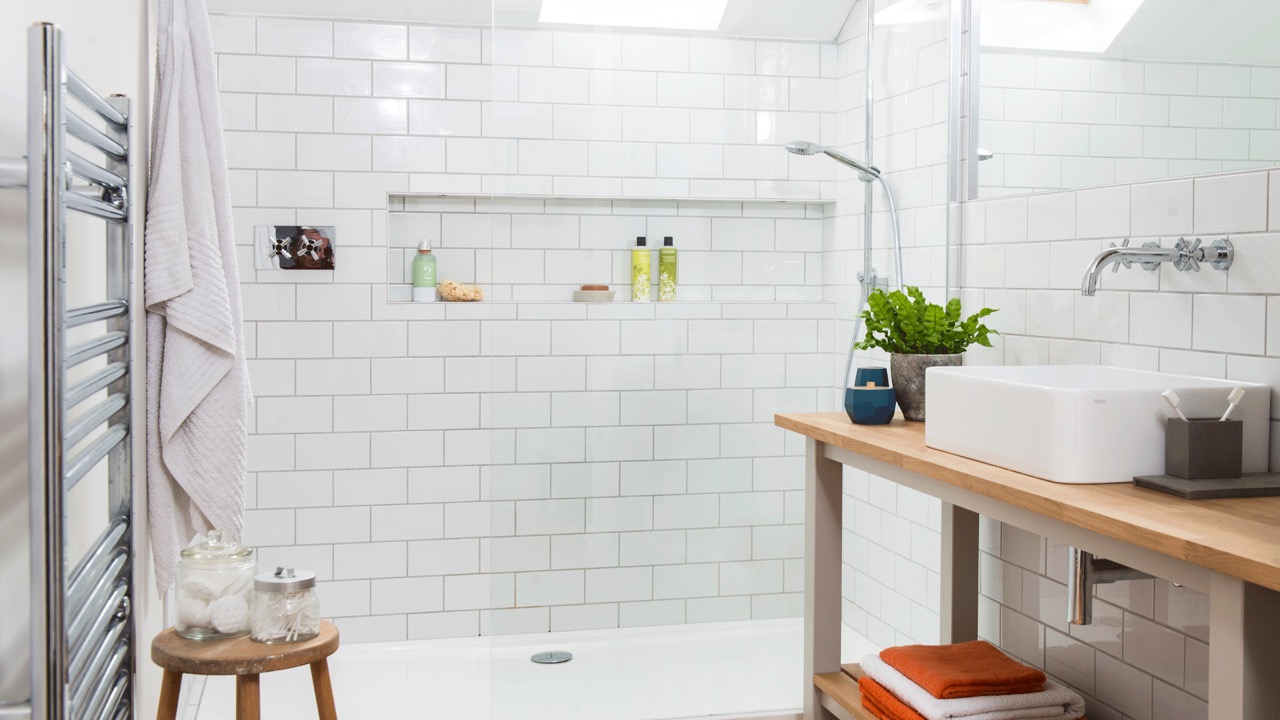
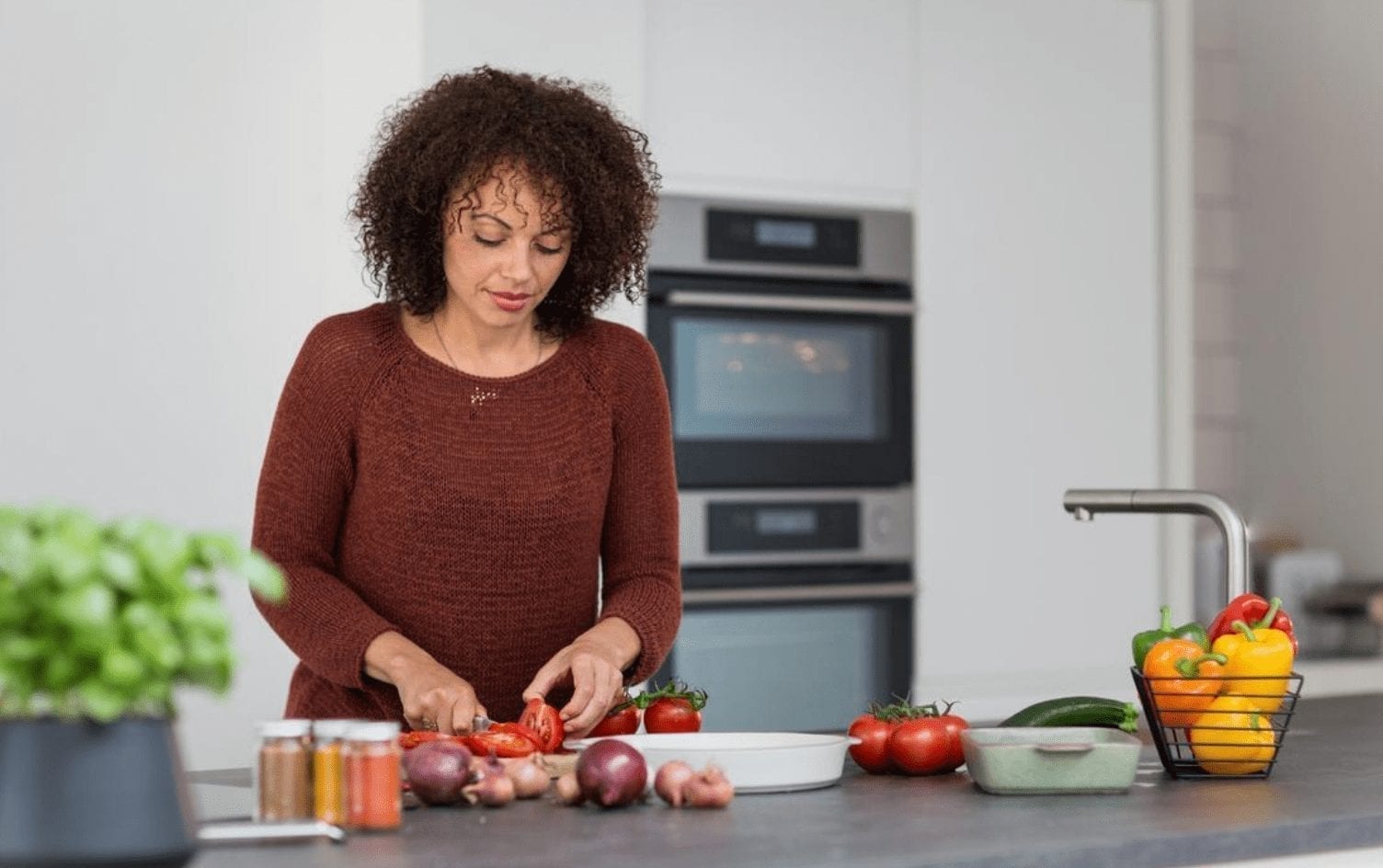
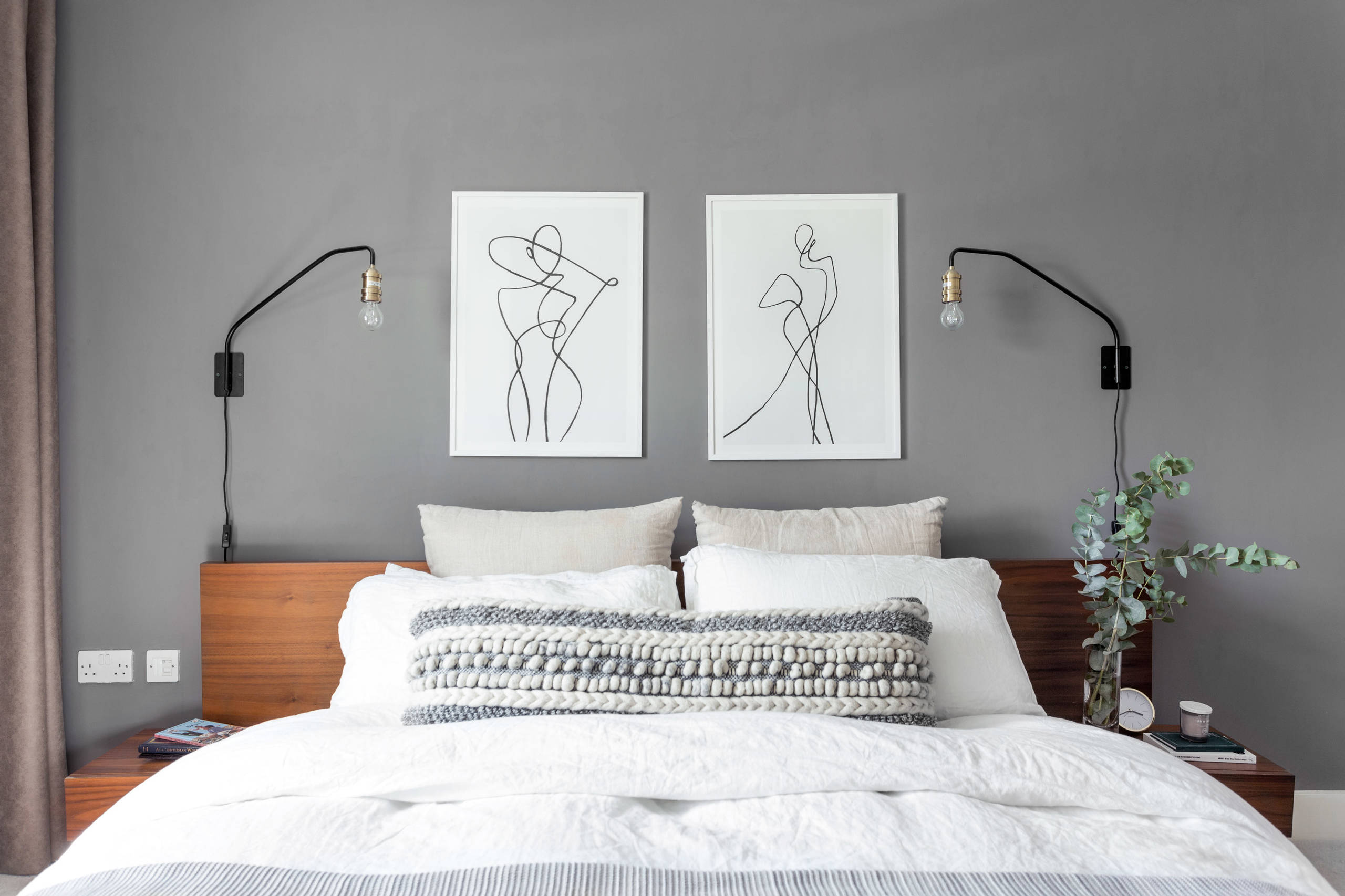
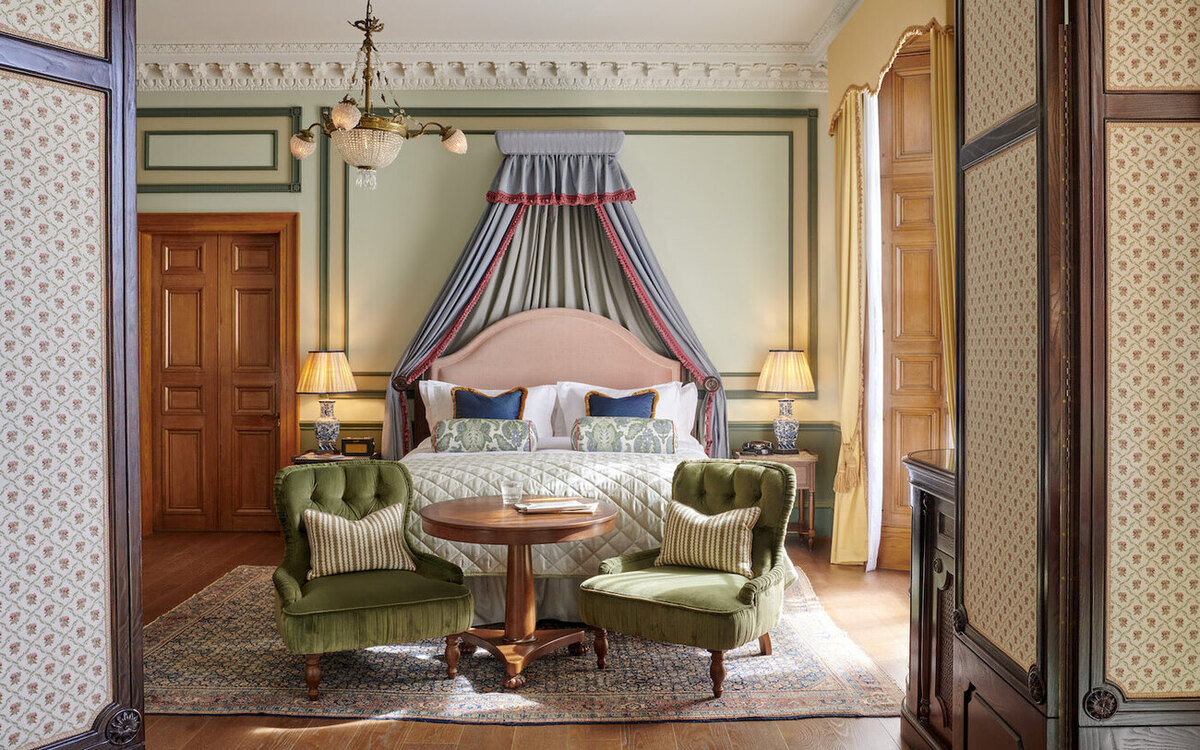
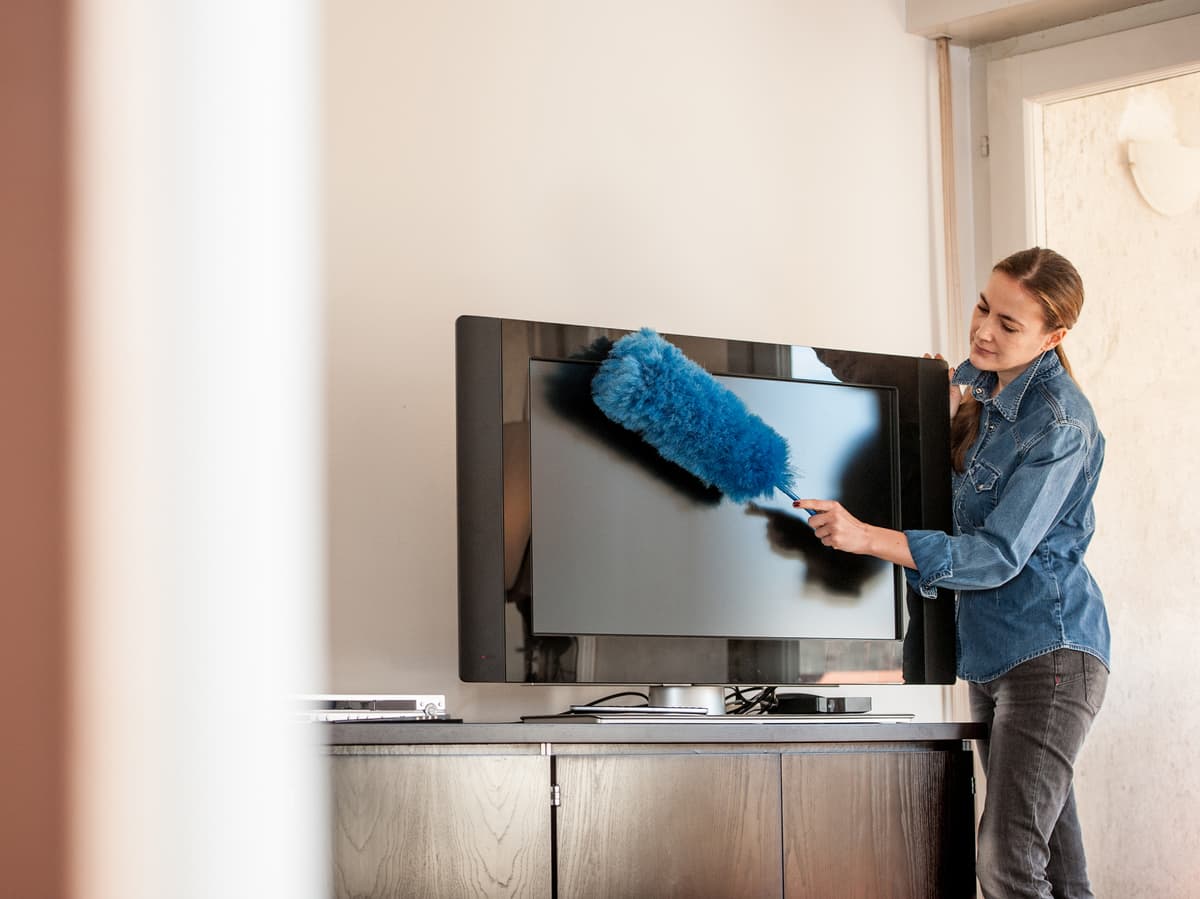
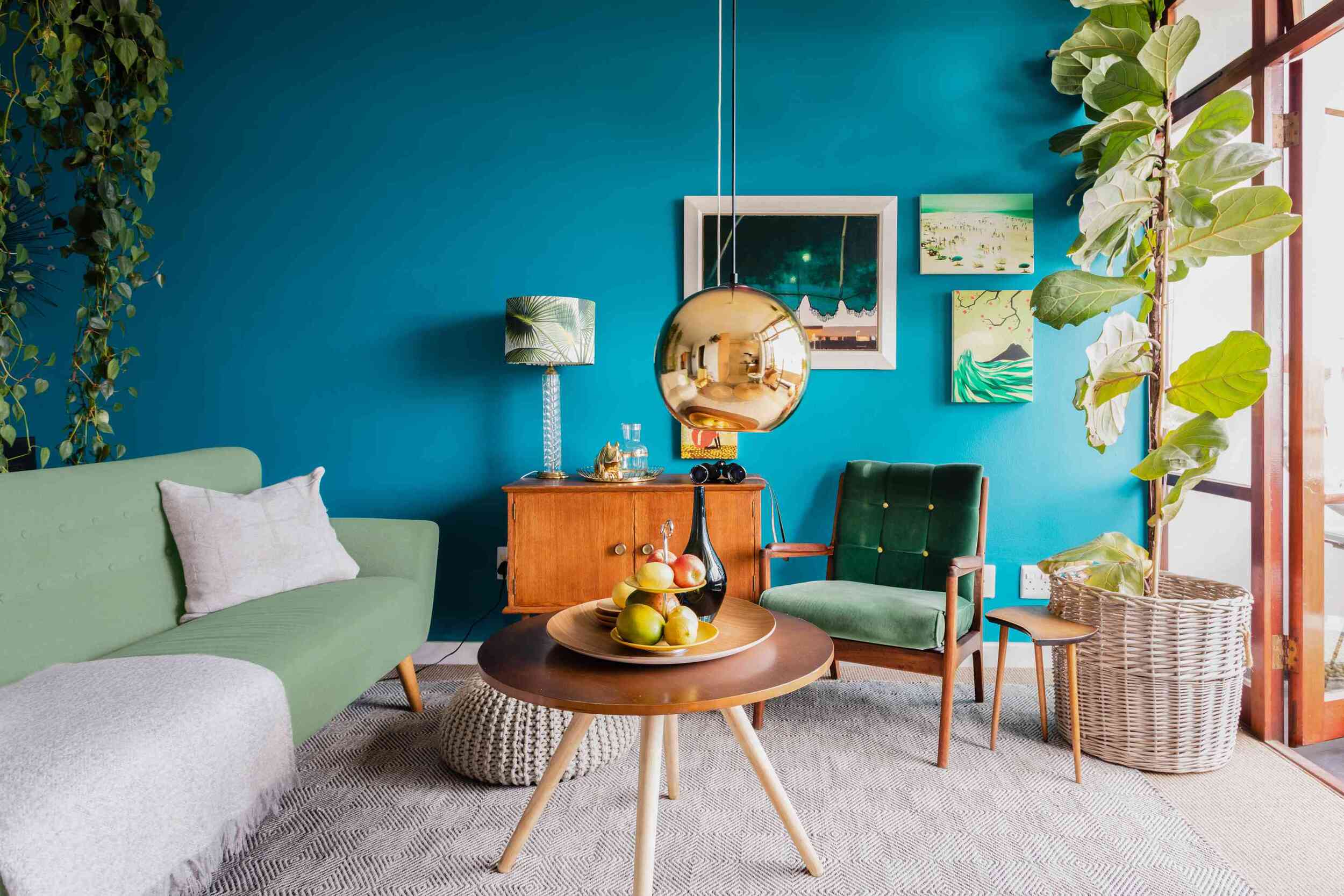
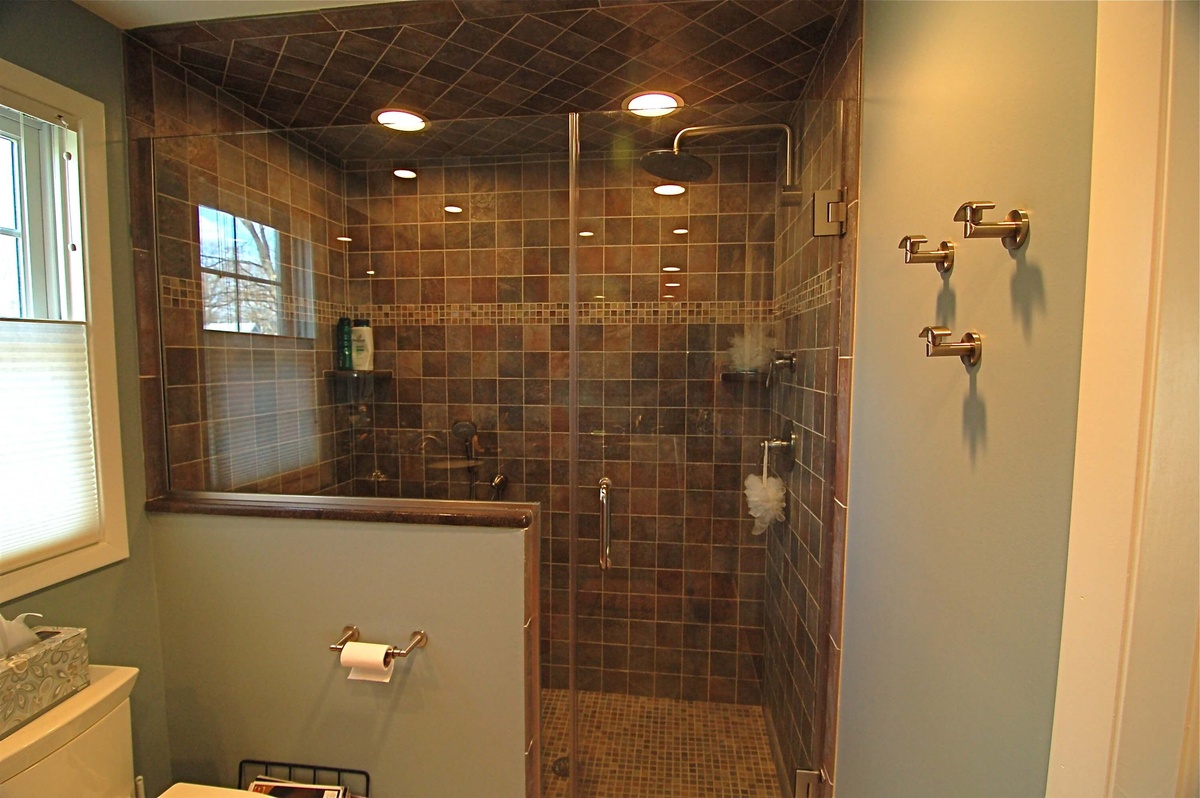
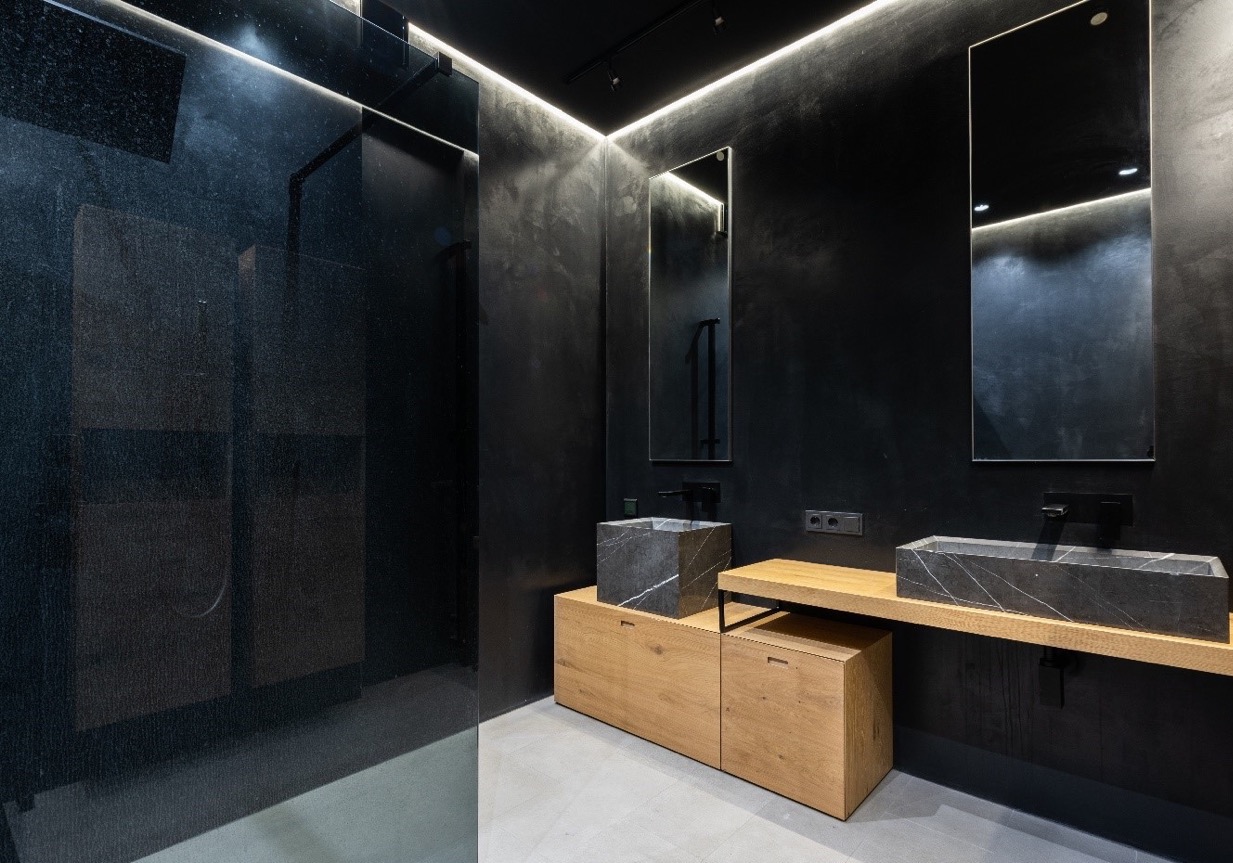
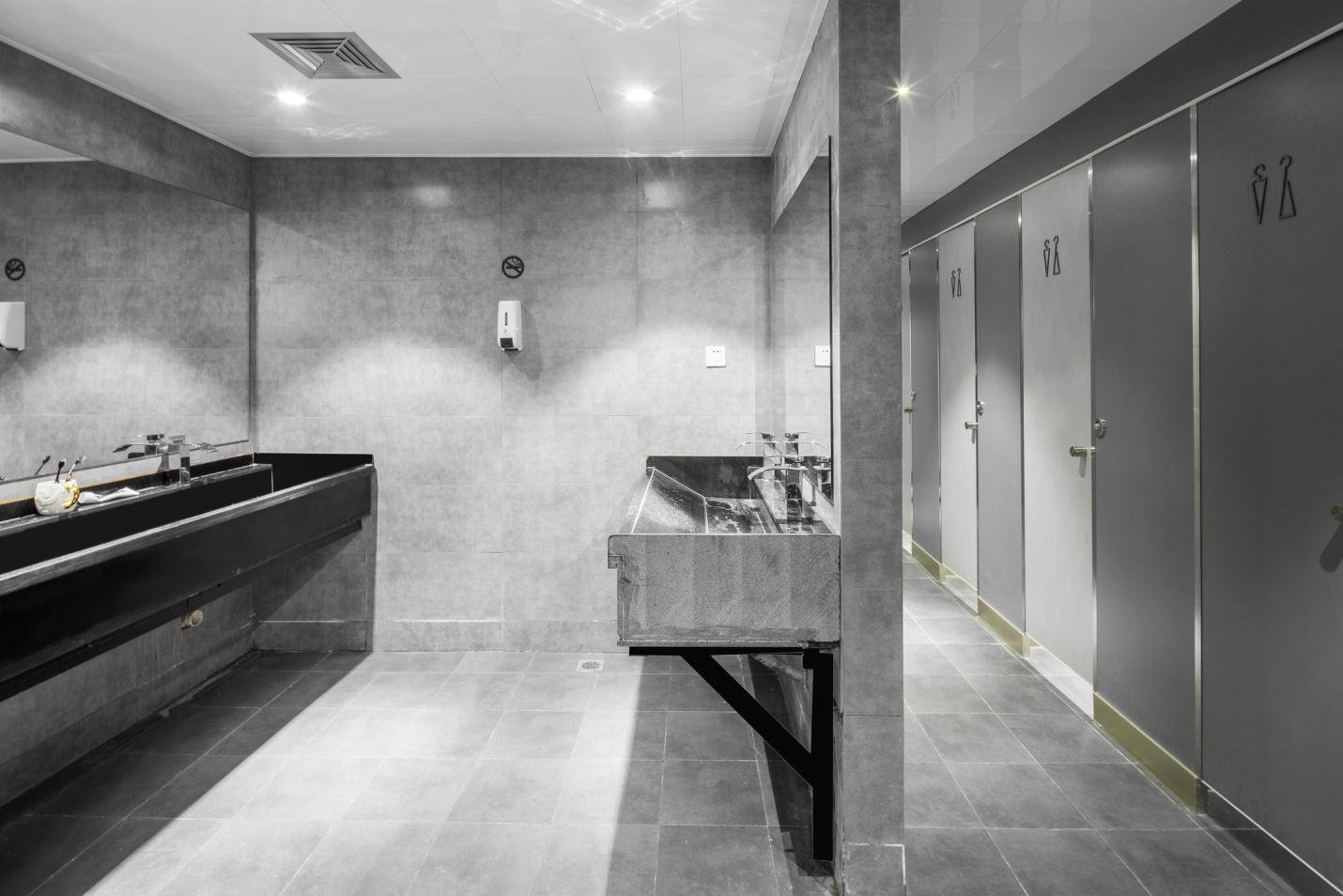
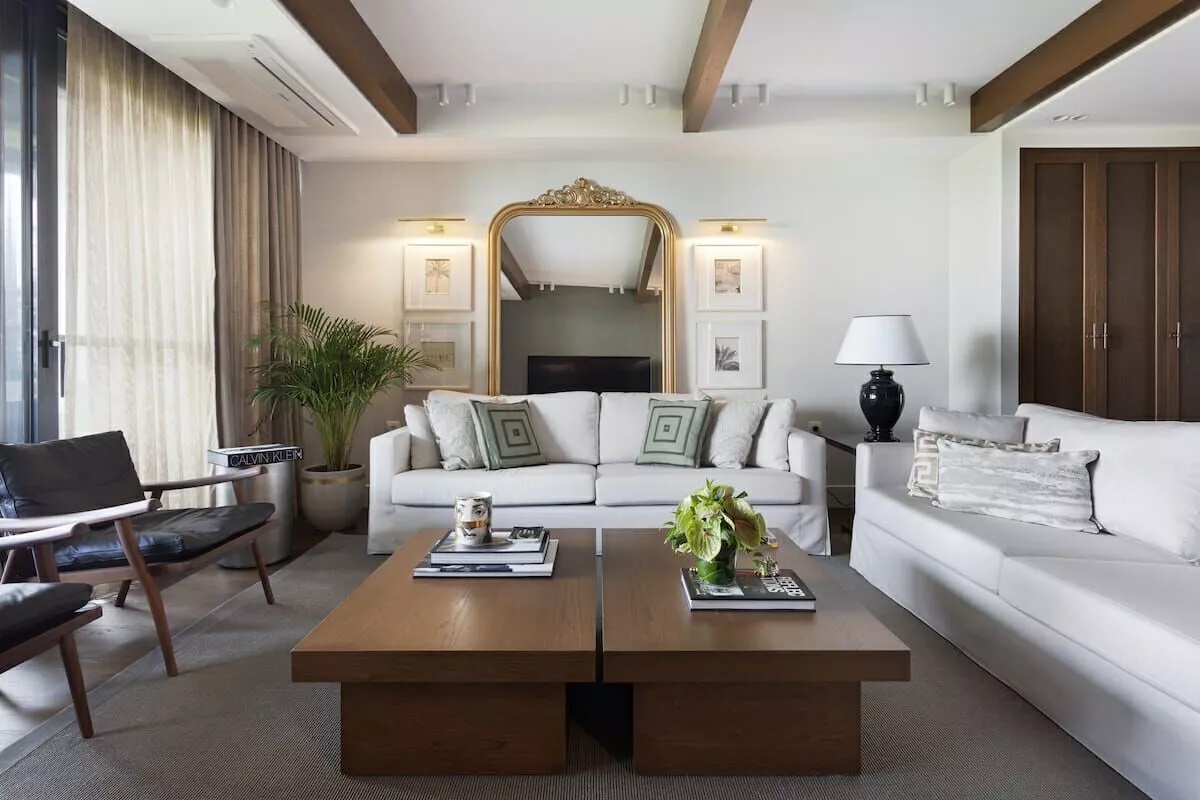
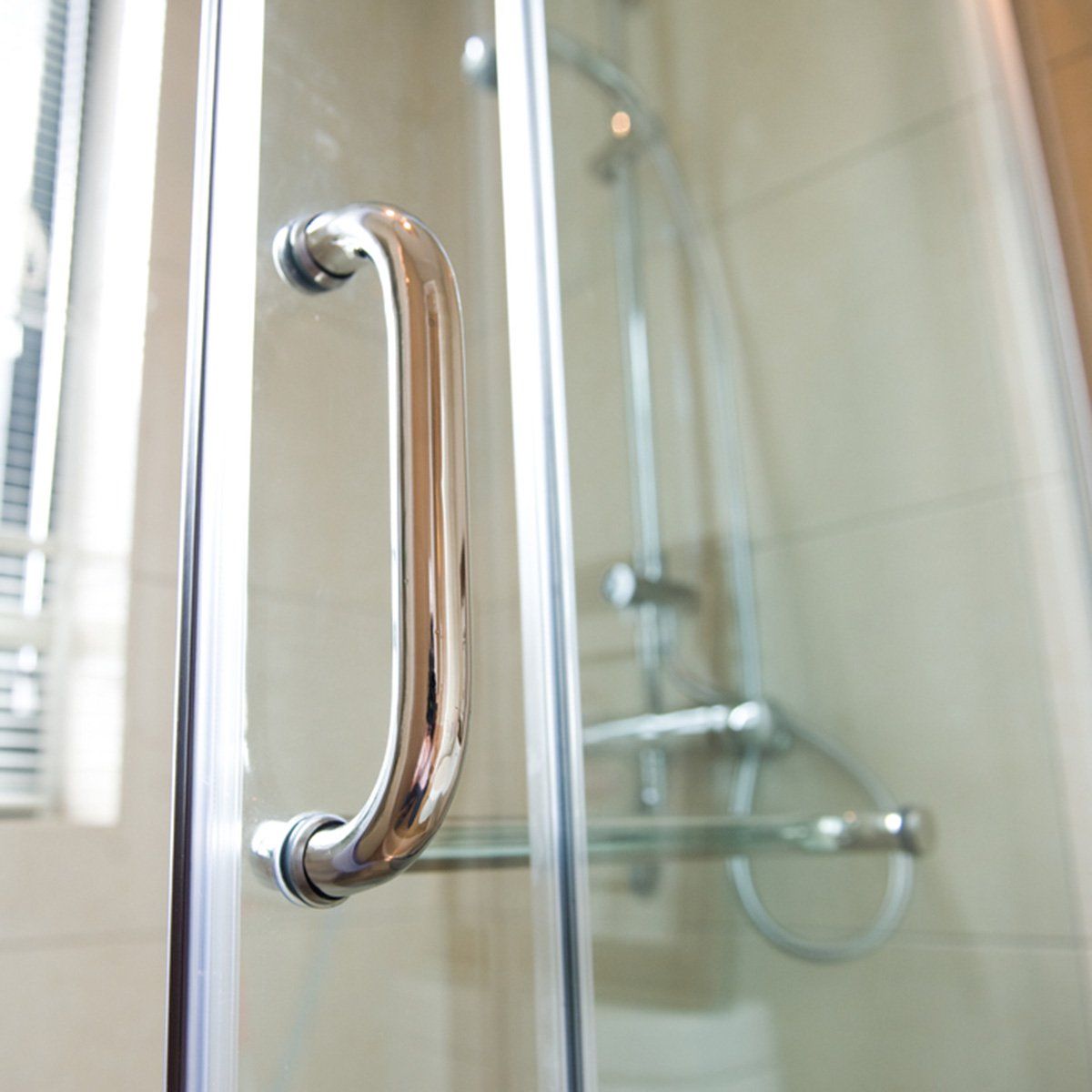
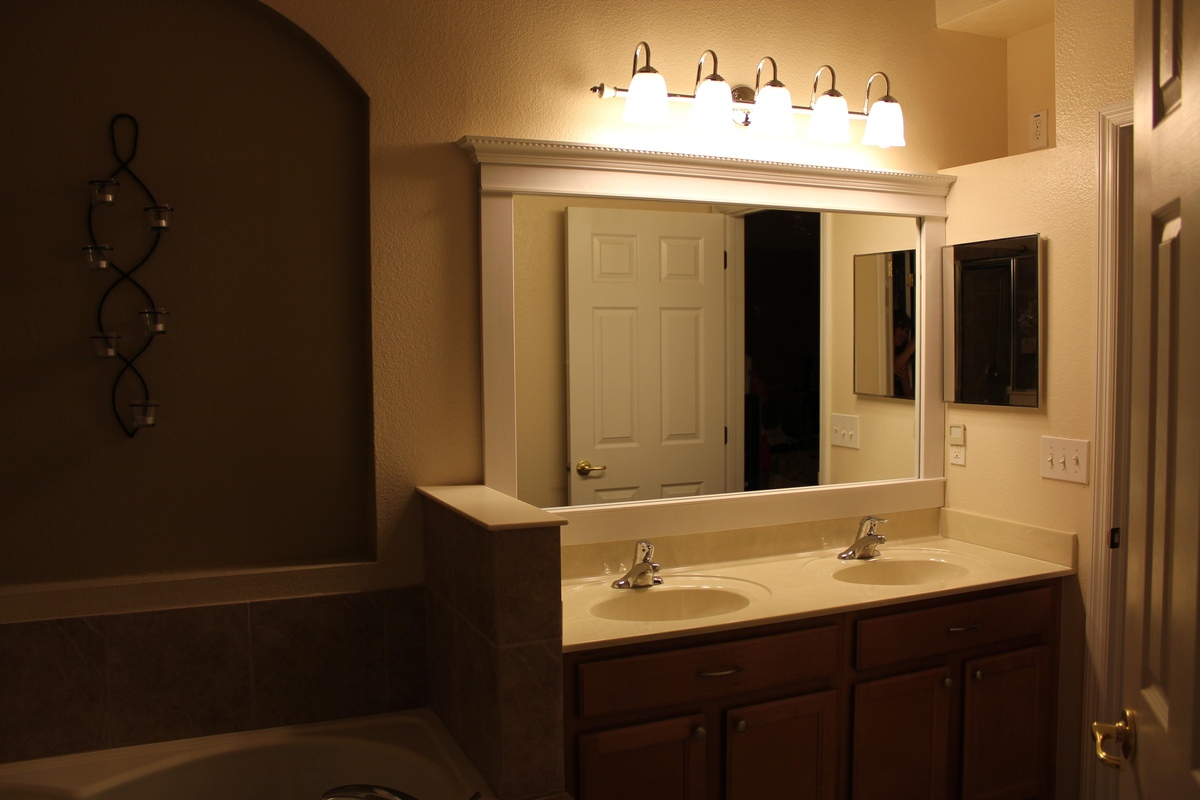

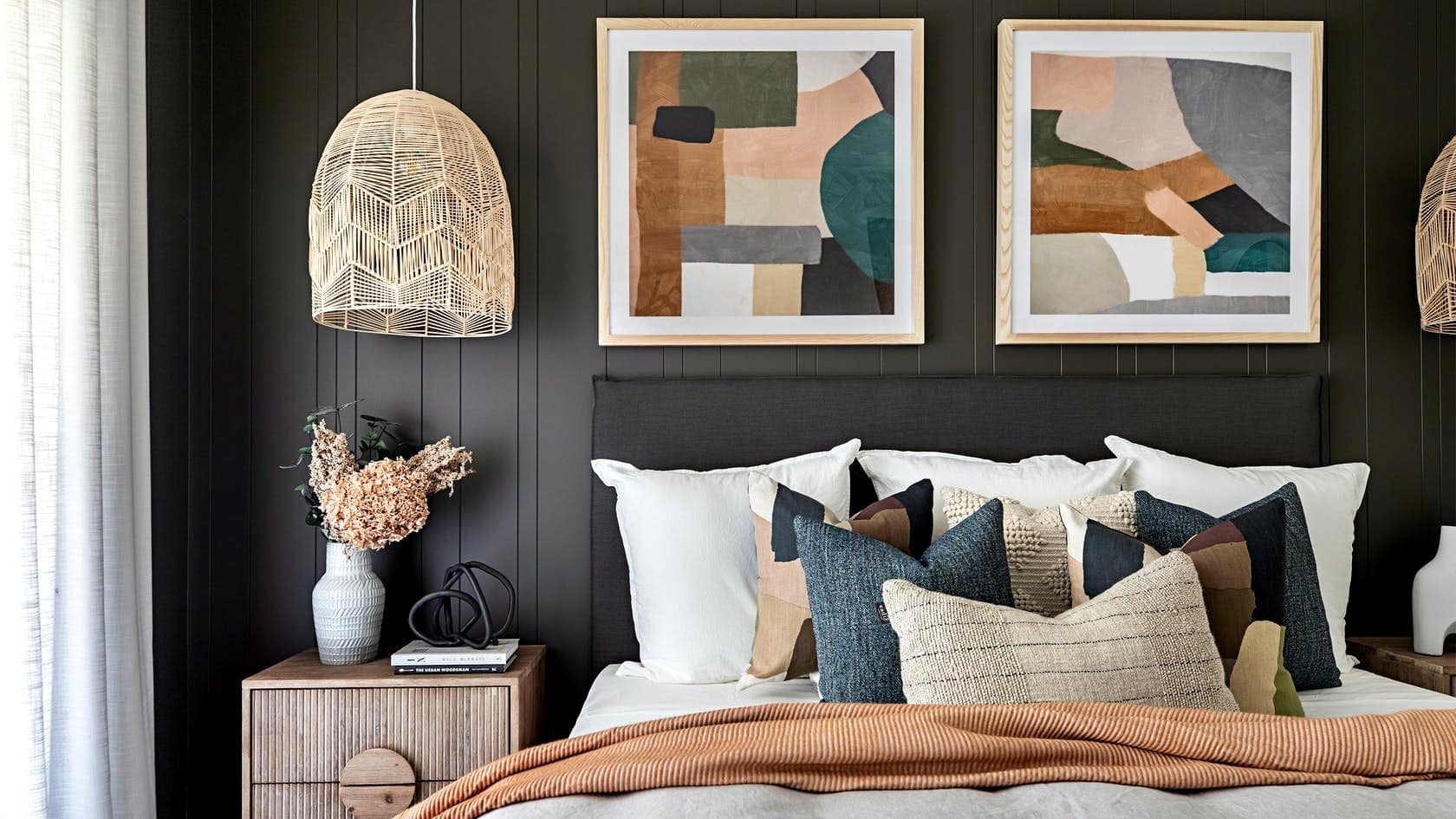

0 thoughts on “5 Ways Interior Designers Are Using Textiles In Bathrooms And Why You Should Too”